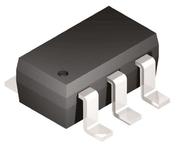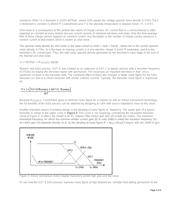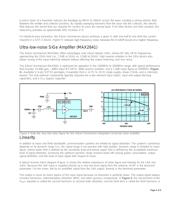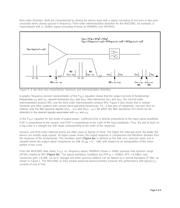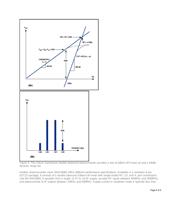下载

Click here for an overview of the wireless
components used in a typical radio
transceiver.
Maxim > Design Support > Technical Documents > Application Notes > Basestations/Wireless Infrastructure > APP 697
Maxim > Design Support > Technical Documents > Application Notes > Wireless and RF > APP 697
Keywords: silicon germanium, SiGe, rfic, rf design, lna, rfics, rf ics
APPLICATION NOTE 697
Silicon Germanium (SiGe) Technology Enhances Radio
Front-End Performance
Sep 02, 2002
Abstract: This application note describes how silicon germanium enhances IC performance in RF applications. A
Giacoleto model is used to analyze noise effects. Wider gain bandwidth of SiGe technology is shown to provide lower
noise performance. The impact of SiGe on linearity is explored.
Three parameters are increasingly important for cellular handsets and other digital,
portable, wireless communication devices. Low power consumption and lightweight
batteries lend autonomy to the device, higher front-end sensitivity increases the
reception distance, and greater front-end linearity has a directimpact on the
admissible dynamic range. This last parameter is gaining emphasiswith the advent
of nonconstant-energy modulation schemes such as π/4DQPSKand 8QAM.
Silicon Germanium (SiGe) is the newest innovation for simultaneously improvingthe
power consumption, sensitivity, and dynamic range of a receiver. GST-3 isa new
high-speed IC process technology based on silicon germanium (SiGe),
whichfeatures a transition figure (f
T
) of 35GHz. A typical front-end blockdiagram
(Figure 1) shows the performance possible with Silicon Germanium technology(1.9GHz) for a combination mixer and
low-noise amplifier (LNA).
Figure 1. Typical radio input circuitry includes a low-noise amplifier and mixer.
Page 1 of 8

